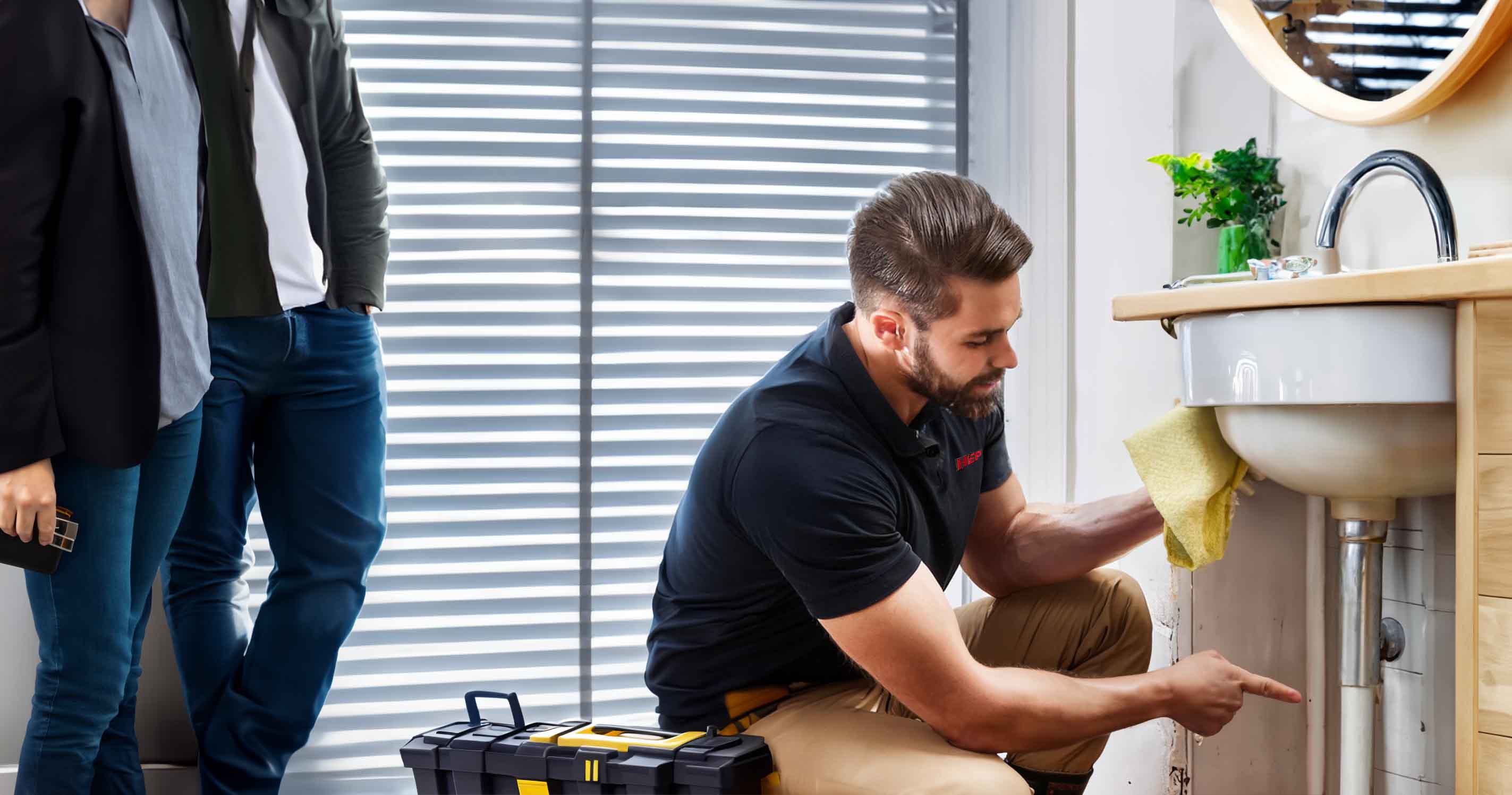- HEP
- Seasoned Professionals

 Seasoned Professionals
Seasoned Professionals
Seasoned Professionals | Toilet Upgrades and Replacements | Plumbing | Bean Station
When it’s time for toilet upgrades and replacements in Bean Station, HEP’s seasoned professionals bring decades of plumbing expertise right to your bathroom. We assess your current fixture, discuss water-saving and comfort-height options, and guide you toward models that fit both your style and budget. From sleek, modern designs to classic high-efficiency units, our team handles every detail—so you can enjoy flawless flushes and lower utility bills without lifting a wrench.
Expect courteous service, transparent pricing, and meticulous clean-up with every visit. We arrive when promised, remove and dispose of the old toilet, install your new one to code, and test everything before we leave. Whether you’re renovating a single bath or outfitting an entire property, HEP makes the upgrade seamless; all you have to do is sit back and enjoy the fresh, reliable performance.
FAQs
What are the most popular toilet upgrade options for Bean Station homeowners?
The majority of our clients choose one of four upgrade categories: (1) WaterSense-certified high-efficiency gravity toilets that use 1.28 gpf or less; (2) Comfort-height/ADA bowl models that sit 17–19 inches off the floor to ease knee and back strain; (3) Pressure-assisted units for homes with chronic clog issues or basement bathrooms; and (4) Smart or bidet-integrated toilets that add heated seats, automatic flushing, and cleansing features. All of these options can be supplied and installed by our licensed plumbers, and we will help you match rough-in size, bowl shape, and finish to your existing bathroom décor.
Will a low-flow or high-efficiency toilet really lower my water bill?
Yes. A pre-1994 toilet can use 3.5–7.0 gallons per flush. Replacing it with a 1.28 gpf WaterSense model saves roughly 2 gallons per flush. In the typical Bean Station household (5 flushes per person per day, 3 occupants) that equals 10,950 gallons saved annually—about $100–$140 off the city water bill. If you are on a private well, the reduction also lessens pump run-time and energy consumption.
How long does a professional toilet replacement take and what is the process?
A single standard swap usually takes 1.5–2 hours: 1) Shut off water, drain and remove the old bowl/tank (15 min). 2) Inspect flange and supply valve; repair or replace as needed (15–30 min). 3) Set new wax or rubber ring, bolt the new toilet, level and torque to spec (20 min). 4) Connect water line, test-flush for leaks, caulk the base, and haul away debris (30 min). Complex jobs (flange rebuilds, bidet wiring, or flooring adjustments) can extend the visit to half a day, but we’ll give you a firm schedule before work begins.
Do I need a plumbing permit or inspection to replace a toilet in Bean Station?
In Grainger County, simple like-for-like toilet swaps handled by a licensed plumber are considered minor repairs and do not require a building permit or inspection. However, if the work involves moving the drain line, altering structural framing, or adding an electrical outlet for a smart toilet, the county building department will require a mechanical/plumbing permit and a rough-in and final inspection. We file any necessary paperwork on your behalf and ensure the installation meets the 2021 International Plumbing Code adopted by the state of Tennessee.
What is the typical cost range for a professional toilet upgrade?
Costs break down into three parts: the fixture itself, installation labor, and any ancillary repairs. In 2024, we see these averages in Bean Station: • Standard WaterSense toilet: $225–$450 for the fixture, $175 labor. • Comfort-height/elongated style: $300–$600 fixture, $175 labor. • Pressure-assisted: $450–$750 fixture, $200 labor. • Smart or bidet-integrated: $900–$2,500 fixture, $250–$400 labor plus a GFCI outlet if needed. Flange or subfloor repairs can add $75–$250. We provide a written, line-item estimate so you know the exact numbers before committing.
What happens to my old toilet after you remove it, and can it be recycled?
We include haul-off as part of our service. If the porcelain is intact, we deliver it to a regional construction-materials recycler where it is crushed and repurposed into road base or aggregate. Metal tank parts and brass bolts are separated for scrap recycling. If the porcelain is heavily glazed or damaged, it is disposed of at the Mossy Creek transfer station in the inert debris section. Either way, you will not have to lift or transport the old fixture yourself, and we provide a disposal receipt upon request.